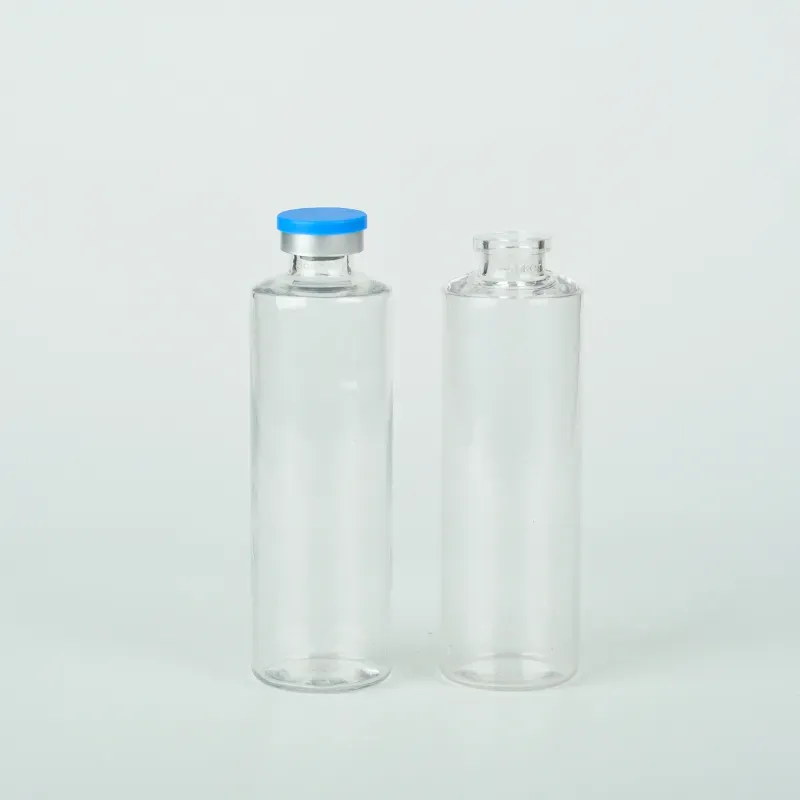injectable bottle
The Versatile Injectable Bottle An Essential Tool in Modern Healthcare
In the ever-evolving landscape of healthcare, innovation plays a critical role in optimizing patient care and safety. One such innovation that has quietly revolutionized the administration of medications is the injectable bottle. This seemingly simple vessel not only ensures the safe and effective delivery of therapeutics but also embodies the complexities of modern medicine. Understanding the significance and functionality of injectable bottles can shed light on their indispensable place in healthcare today.
The Design and Functionality of Injectable Bottles
Injectable bottles are typically glass or plastic containers that hold liquid medications. They come with a rubber stopper sealed with an aluminum crimp to maintain sterility and prevent contamination. The design of these bottles is critical; they are engineered for convenience, safety, and ease of use. Most injectable bottles are equipped with a neck that allows for easy access via a syringe or a needle, facilitating seamless withdrawal of the medication when needed.
The materials used in manufacturing injectable bottles are chosen with meticulous care. Glass is preferred for its inert properties and the ability to provide a hermetic seal, thereby maintaining the stability of the medication inside. On the other hand, plastic bottles are lightweight and shatterproof, making them suitable for various situations, especially in emergency medical settings. Each type has its own advantages, and the choice often depends on the specific medication's sensitivity to light and moisture.
Ensuring Safety and Efficacy
Safety is paramount in healthcare, and injectable bottles are designed with multiple layers of safeguards. The crimped aluminum seal, paired with a rubber stopper, ensures that the medication remains uncontaminated during storage and transportation. Additionally, many injectable bottles are equipped with tamper-evident features, which provide an added layer of security, reassuring healthcare providers that the medication has not been compromised.
Moreover, the labeling on these bottles is critically important. Clear, concise labels that include dosage instructions, expiration dates, and storage conditions help prevent medication errors. In the fast-paced environment of hospitals and clinics, a well-labeled injectable bottle can significantly reduce the risk of administering the wrong medication or dosage.
injectable bottle

The Role of Injectable Bottles in Administration Techniques
Injectable bottles serve as a crucial focal point in various administration techniques, including intramuscular, subcutaneous, and intravenous injections. In many healthcare settings, the process begins with the healthcare provider carefully inspecting the injectable bottle for any signs of damage or contamination before selecting it for use. Upon preparation, a syringe is connected, and the medication is drawn in a careful manner to ensure accurate dosing.
In some cases, injectable bottles contain medications that require reconstitution, meaning that a diluent must be added before administration. This process enhances drug stability and can make certain medications more effective. Thus, the versatility of injectable bottles extends beyond simply holding medication; they are an integral part of the medication preparation process.
Future Innovations and Sustainability
As the world moves towards more sustainable practices, the pharmaceutical industry is also exploring eco-friendly alternatives to traditional injectable bottles. Innovations such as biodegradable plastics and refillable systems are being researched, aiming to reduce waste while maintaining the same levels of safety and efficacy.
Additionally, with the rise of telemedicine and at-home healthcare, the design of injectable bottles may evolve to accommodate self-administration by patients. User-friendly features, such as easy-to-open seals and intuitive dosing systems, could empower patients to manage their own medications more effectively while ensuring safety and compliance.
Conclusion
The injectable bottle, while often overlooked, plays a crucial role in the delivery of medications in modern healthcare. Its well-thought-out design, focus on safety, and adaptability in various administrative techniques make it an essential tool in patient care. As we look to the future, the continuous evolution of injectable bottles will undoubtedly contribute to improved healthcare outcomes and a more sustainable approach to medication delivery. In a world that increasingly values innovation, the injectable bottle remains a steadfast ally for both healthcare providers and patients alike.
-
Aesthetic Makeup Spray Bottles | Fine Mist Empty RefillableNewsAug.19,2025
-
White Plastic Veterinary Vaccine Vials | Lab Liquid BottlesNewsAug.18,2025
-
Plastic Medicine Liquid Bottle: Secure Flip Top Drug VialsNewsAug.17,2025
-
Durable 250ml Blue Plastic Vaccine Vial for Lab & Vet UseNewsAug.16,2025
-
Sterile Virus Sample Tubes: Secure & Reliable Specimen CollectionNewsAug.15,2025
-
White 250ml Plastic Vaccine Vial for Lab & Vet MedicineNewsAug.14,2025
























